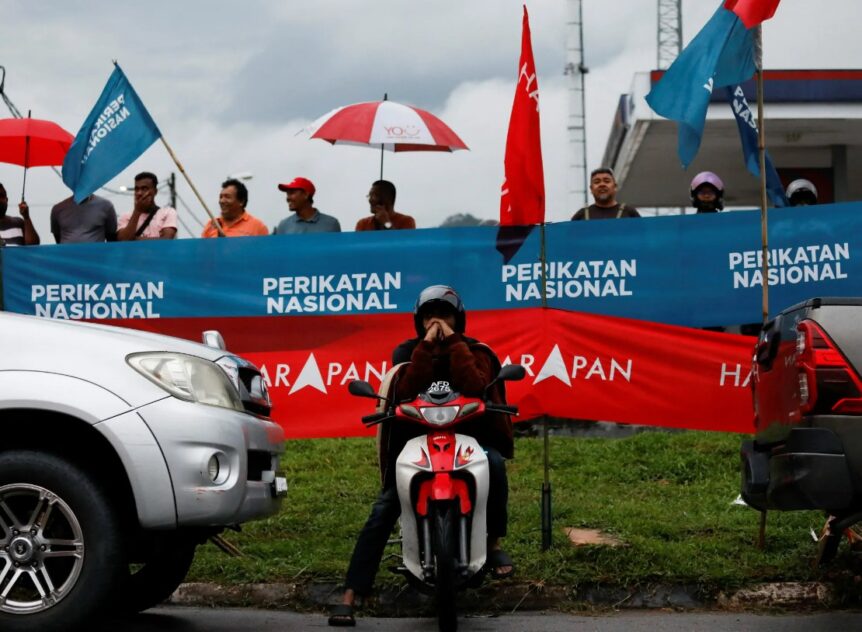By Rais Hussin, Dr Margarita Peredaryenko, Jason Loh and Ameen Kamal
EMIR Research would like to refer to our “Exit Strategy Building Blocks for Malaysia – Part 1” where under goal number two of extending social and business safety nets, the first objective is loan moratorium for all micro, small and medium enterprises (MSMEs), B40 as well as M40 households while targeted for other individuals for at least three months or 50% loan payment reduction for six months.
However, the overwhelming uptake and benefit to the many in the backdrop of a potentially grave economic outlook suggest this to be extended to six months of automatic blanket loan moratorium.
It is aimed at providing a safety net to those at risk due to the closure of economic activities and prolonged unemployment.
It is worth mentioning, a real moratorium that assists borrowers should have no room for the practice of charging borrowers an additional interest during the moratorium period by re-amortising the loan payment schedule once the moratorium period is over.
Under this practice, the total interest portion collection (profit) of which banks forego during the moratorium period is added to the beginning balance and thus result in a monthly instalment amount higher than the pre-moratorium one (Figure 1).

It has to be re-emphasised those borrowers have not defaulted on their payments—the payments were merely postponed—and, provided the borrowers resume and finish all the payments according to the schedule, banks would not lose their real profits.
Although, banks would report some mere accounting losses (“day one” modification losses) due to re-evaluation of their outstanding loans. Under the International Financial Reporting Standards (IFRS 9), banks have to show the fair value of the loans in their books based on the present value (PV) formula. Therefore, the fair value of the outstanding loans will reduce due to the newly extended period by the moratorium.
Also, banks would lose in terms of PV by postponing their collections to a later period. Receiving the repayment later than initially scheduled could affect the banks’ capital adequacy ratio whereby it has to increase its provisioning for possible loan default – which represents an opportunity cost to the bank.
In 2019, loan loss coverage stood at 90%, and in 2020 this increased to 140%. However, this does not in any way affect profits, as we shall see later.
Notwithstanding, the opportunity cost for banks under the current situation is limited in any case. That is to say, there may not be enough credit-worthy customers out there that would qualify under the banks’ stringent requirements for new loans, anyway. This would have boosted overall spending by way of the multiplier effect and circulation of cash in the economy (both businesses and households).
Instead, in the aftermath of the loan moratorium, banks lent out to purchase residential properties and passenger vehicles with the various tax incentives offered by the Government. However, the impact of such purchases has been limited—the loans which create the deposits are then not withdrawn for additional spending (and hence, the multiplier effect in terms of overall cash circulation).
Furthermore, it was in tandem with a steep decline in credit card loans which strongly points to a drop in overall spending activity during the pandemic, according to the June 2021 edition of the Malaysia Economic Monitor of the World Bank.
According to Bank Negara Malaysian (BNM) Governor, Datuk Nor Shamsiah Mohd Yunus, banks lent out RM206.2 bil in the 4Q2020, which exceeds the 2017-2019 quarterly average of RM196.7 bil. In the previous third quarter, the value of business loan disbursements stood lower at RM182.4bil. This indicates that banks’ lending activities, although affected by the loan moratorium but marginally.
Under the “Lockdown MCO 3.0 – Survive to Restart Package” published on May 29, we have explained when observing the income statements of major banks in Malaysia, that for some banks, net interest income does not seem to be a big profit contributor.
Furthermore, lower interest income recorded has also been offset by lower interest expense – the costs of funds for the banks have also generally reduced in line with the lower interest rate environment.
Most importantly, we observe that once the moratorium has ended, based on the financial standing in Q1 2021, the ease of recovery for the banks was evident. If we examine net profits for Q1 2021 at the group level, we can observe examples of healthy profits from Maybank (RM 2.43 bil), Hong Leong Bank (RM 772 mil), and RHB (RM 651 mil).
Keep in mind that these figures were still generated within the time where almost all borrowers took up the opt-in moratorium. – June 27, 2021
Dr Rais Hussin, Dr Margarita Peredaryenko, Jason Loh and Ameen Kamal are part of the research team of EMIR Research, an independent think tank focused on strategic policy recommendations based on rigorous research.
The views expressed are solely of the author and do not necessarily reflect those of Focus Malaysia.










